Menu
Trees enhance the quality of our environment, offering many benefits that improve the quality of life. However, they are susceptible to diseases, prompting the expertise of certified arborists. A common threat to these magnificent entities is anthracnose, a fungal disease that causes leaf spots, defoliation, and dieback. If you notice these signs in your yard, the Driscoll Tree Service can help. We provide pertinent information to help you understand anthracnose, its causes, symptoms, and management strategies.
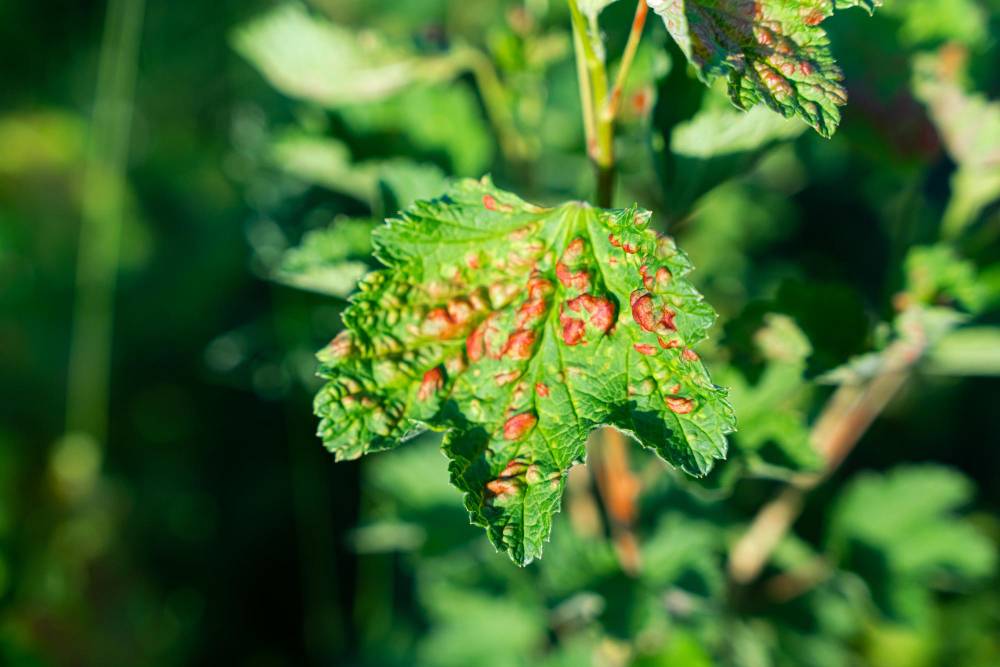
Anthracnose is caused by related fungi that thrive in warm, wet conditions and can infect plants through wounds or natural openings. The spores are spread by rain, wind, insects, and human activity, making it easy for the disease to multiply in favorable conditions. Overcrowded plantings and poor air circulation create the ideal fungi growth conditions, causing deterioration and tree removal emergencies.

The symptoms of anthracnose vary depending on the host plant and the specific fungal species involved. Common signs include dark, sunken lesions on leaves, stems, flowers, and fruits. These lesions often have a water-soaked appearance and may be surrounded by yellow halos. Infected leaves can curl, wilt, and eventually fall off. On fruits, anthracnose can cause black, sunken spots that reduce the marketability and quality of the produce. Once you notice these telltale signs of infection, call a tree care company to quickly inspect, diagnose, and treat the disease.
Anthracnose can severely affect plant health and productivity. Repeated infections in decorative trees and shrubs can cause significant defoliation and reduced vigor, increasing susceptibility to stresses, diseases, and even tree removal. In crops such as tomatoes, beans, and cucurbits, anthracnose can cause substantial yield losses and affect the quality of the produce. Tree service professionals work with farmers and gardeners, mitigating the economic losses associated with infections through proven management practices.
Identifying anthracnose involves examining the symptoms and considering the environmental conditions. Tree service experts conduct lab tests to ensure a definitive diagnosis, especially when symptoms are similar to other diseases. Professionals can identify the fungal species and recommend appropriate control measures to prevent an outbreak.
Managing anthracnose involves a combination of cultural practices, chemical treatments, and selecting resistant plant varieties. Property owners can conduct cultural practices like proper spacing of plants to ensure good air circulation, pruning to remove infected plant parts, and avoiding overhead watering to reduce leaf wetness. In addition, fungicides can be effective as preventive measures, but it is vital to follow the manufacturer’s instructions or hire a tree care company to address the problem. Consider integrating chemical solutions with cultural practices for long-term control.
While anthracnose is a challenging plant disease caused by various fungal species, arborists can pinpoint and address the disease before things worsen. By employing a combination of cultural practices, chemical treatments, and preventive measures, gardeners and farmers can reduce the impact of anthracnose and maintain healthier, more productive plants. Contact us at the Driscoll Tree Service and schedule a consultation with our experts to manage the disease proactively. This goes a long way to minimize the losses associated with this pervasive plant pathogen.
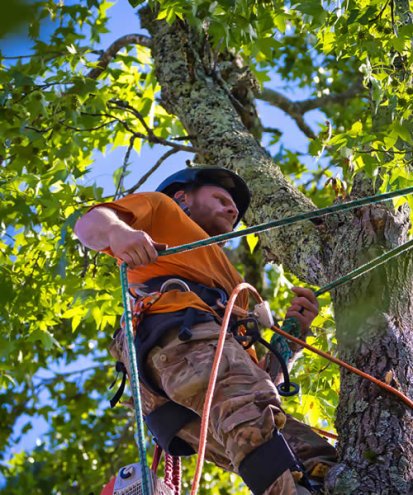
Eco-Friendly Tree Removal Trees are valuable entities in our ecosystems, providing habitats for wildlife, absorbing carbon dioxide, and improving the planet’s overall health. However, there are instances when tree removal is the best option to protect your yard from diseases,…
Read More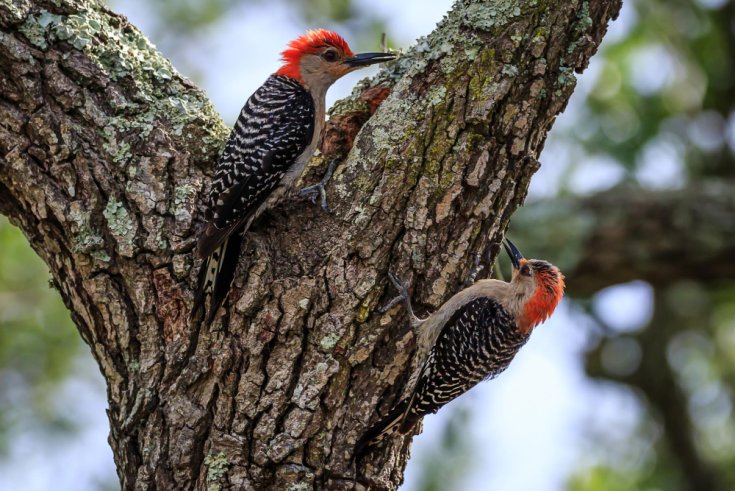
Notice Woodpecker Damage On Your Tree? Here’s What To Do Trees are a magnet for life. They provide shade, beauty, fruit, and oxygen - and they also play host to a wide range of wildlife. Birds, in particular, love trees.…
Read More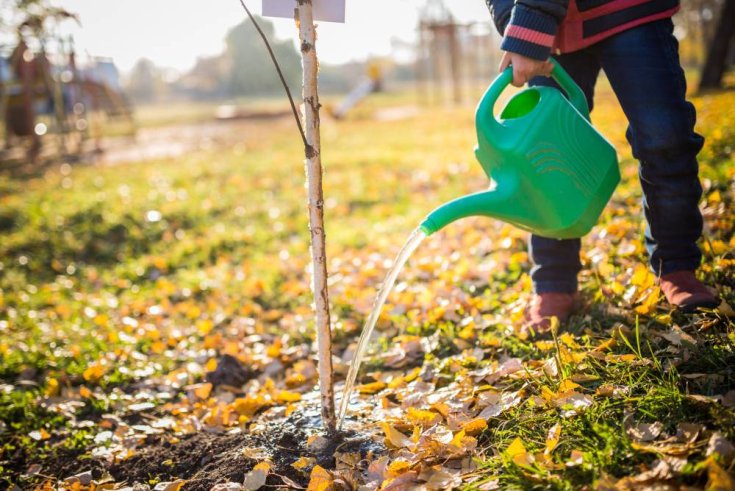
The Best Way to Water Trees Trees are silent giants in our environment that require proper care to thrive. One of the most crucial aspects of their care is watering. Watering trees may seem straightforward, but some specific methods and…
Read More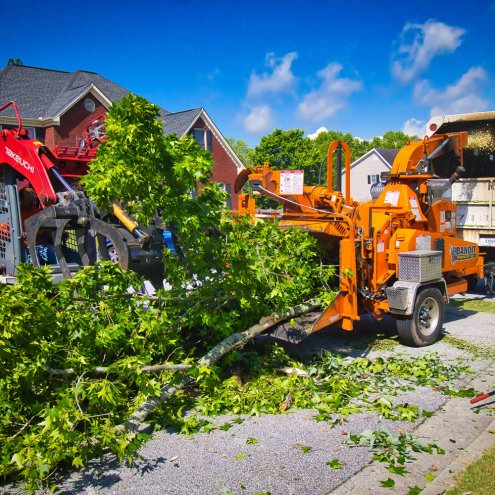
The Dangers of Ignoring Tree Removal Trees are not only nature’s exquisite creations but also valuable assets that enhance the beauty and character of your landscape. Their presence provides shade, improves air quality, and contributes to the overall aesthetics of…
Read More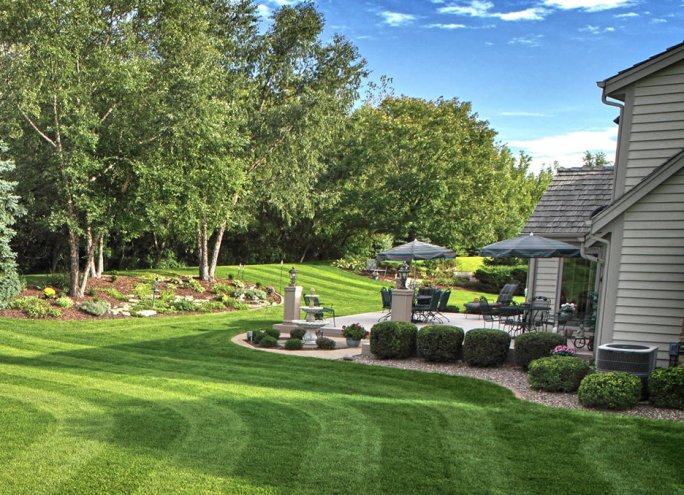
Trees are some of the most fascinating living things on Earth. They can live for decades, centuries, and some even thousands of years. Trees go through a life cycle from tiny seedlings to towering giants. It's just as interesting as…
Read More
How to Support Tree Limbs Trees are majestic entities that offer many benefits, from shade and air quality to providing a habitat for wildlife. However, mature trees can become heavy or grow with weak attachments, leading to structural issues and…
Read More
Most Interesting Facts About Trees Trees provide more than just clean air for the planet; they are entities that have been around for many years, bearing witness to Earth’s rich history. As a professional tree care company, the Driscoll Tree…
Read More
Controlling Tree Pests and Diseases Without Harming the Environment Maintaining healthy trees often entails controlling pests and diseases. With all the different ways homeowners can protect their yards, some cause more environmental damage in the long run. It is advisable…
Read More
Customers have every right to wonder what a job will cost them, but this involves more than a direct question. Just calling in to ask the price of a tree removal, for instance, is not going to make anyone happy.…
Read More
Professional Tree Service vs. Handyman Large green trees are a valuable addition to any landscape. Healthy trees enhance the overall curb appeal and property value, purify the air, and attract wildlife. Routine maintenance is vital to ensure your trees grow…
Read More